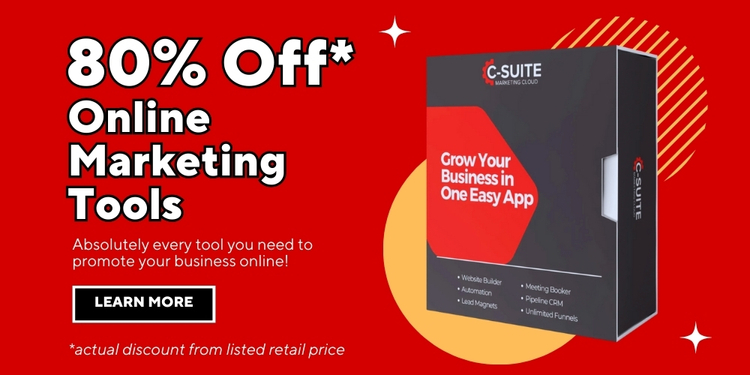
Navigating the E-5 Visa Program: Requirements, Processing Times, and Investment Projects
In an ever-evolving global economy, opportunities abound for ambitious entrepreneurs seeking to establish or expand their business ventures in the United States. The E-5 Visa Program, also known as the Immigrant Investor Program, offers foreign investors and their families a pathway to residency by investing in job-creating enterprises. Let’s delve into the essential aspects of the E-5 Visa, including its requirements, processing times, and investment projects.
Understanding the E-5 Visa Program:
The E-5 Visa Program is designed to stimulate economic growth in the United States by attracting foreign investment capital. To qualify for an E-5 Visa, investors must meet the following key requirements:
- Investment Amount: Investors must commit a minimum capital investment of $1.8 million USD in a new commercial enterprise located within the United States. However, if the investment is made in a designated Targeted Employment Area (TEA), the minimum investment threshold is reduced to $900,000 USD.
- Job Creation: The investment must lead to the creation or preservation of at least 10 full-time jobs for qualified U.S. workers within two years of the investor’s admission to the United States.
- Business Engagement: Investors must play an active role in the management of the enterprise, either through day-to-day involvement or policy formulation.
- Lawful Source of Funds: Investors must demonstrate that the capital invested was lawfully obtained through legitimate means.
Processing Times for the E-5 Visa:
The processing times for E-5 Visa applications can vary depending on various factors, including the volume of applications received and the complexity of the case. Typically, the process involves the following steps:
- Form I-526 Petition: The investor files Form I-526, Immigrant Petition by Alien Investor, with U.S. Citizenship and Immigration Services (USCIS), along with supporting documentation demonstrating compliance with program requirements.
- Adjudication of Form I-526: USCIS reviews the petition to determine eligibility and adjudicates the application. This step can take anywhere from 18 to 24 months on average.
- Visa Application: Once the Form I-526 petition is approved, investors residing outside the United States can apply for an immigrant visa at a U.S. consulate or embassy in their home country.
- Conditional Residency: Upon entry into the United States, investors and their accompanying family members are granted conditional permanent residency for a period of two years.
- Removal of Conditions: Within the 90-day period preceding the second anniversary of obtaining conditional residency, investors must file Form I-829 to remove the conditions on their residency by demonstrating that the investment and job creation requirements have been met.
Investment Projects under the E-5 Visa Program:
Investors have the flexibility to choose from a diverse range of investment projects under the E-5 Visa Program, including but not limited to:
- Commercial Real Estate Developments: Investments in commercial properties, such as office buildings, hotels, and retail centers, that contribute to job creation and economic development.
- Technology Startups: Funding innovative technology startups with high growth potential in sectors such as biotechnology, artificial intelligence, and renewable energy.
- Manufacturing Ventures: Investing in manufacturing facilities that produce goods for domestic or international markets, thereby creating employment opportunities.
- Hospitality and Tourism Ventures: Financing hospitality and tourism projects, including resorts, restaurants, and entertainment venues, to capitalize on the booming tourism industry.
- Infrastructure Projects: Participating in infrastructure development projects, such as transportation networks, energy infrastructure, and public utilities, to support economic growth and improve quality of life.
Conclusion:
The E-5 Visa Program offers foreign investors a unique opportunity to pursue their entrepreneurial aspirations while contributing to the economic prosperity of the United States. By understanding the program requirements, processing times, and available investment projects, investors can navigate the immigration process with confidence and embark on a path to residency and business success in the land of opportunity.
E-5 Visa Investment Projects
25 types of projects that are commonly pursued under the E-5 Visa Program in the United States, along with brief descriptions of each:
- Commercial Real Estate Development: Investing in the development of commercial properties such as office buildings, retail centers, and industrial parks.
- Residential Real Estate Development: Funding residential projects including single-family homes, condominiums, and apartment complexes.
- Hospitality and Tourism Ventures: Investing in hotels, resorts, restaurants, and other tourism-related businesses to capitalize on the thriving hospitality industry.
- Technology Startups: Funding innovative technology startups in sectors such as biotechnology, artificial intelligence, and software development.
- Manufacturing Facilities: Investing in manufacturing facilities that produce goods for domestic and international markets, contributing to job creation and economic growth.
- Healthcare Facilities: Funding the development of hospitals, medical centers, and clinics to address the growing demand for healthcare services.
- Renewable Energy Projects: Investing in renewable energy projects such as solar farms, wind farms, and hydroelectric plants to support sustainable development.
- Infrastructure Development: Participating in infrastructure projects including transportation networks, utilities, and public works projects.
- Education Institutions: Investing in schools, colleges, and vocational training centers to support the education sector and provide learning opportunities.
- Retail Businesses: Funding retail businesses such as grocery stores, shopping malls, and specialty stores to meet consumer demand.
- Food and Beverage Industry: Investing in restaurants, cafes, breweries, and food processing facilities to capitalize on the thriving food and beverage industry.
- Entertainment Venues: Funding entertainment venues such as theaters, cinemas, amusement parks, and sports stadiums to enhance cultural and recreational offerings.
- Agricultural Enterprises: Investing in agricultural enterprises including farms, vineyards, and orchards to support food production and agricultural exports.
- Biotechnology Research Centers: Funding research and development facilities focused on biotechnology, pharmaceuticals, and medical devices.
- Telecommunications Infrastructure: Investing in telecommunications infrastructure such as broadband networks, fiber optics, and mobile towers.
- E-commerce Platforms: Funding e-commerce platforms and online marketplaces to facilitate electronic commerce and digital transactions.
- Waste Management Facilities: Investing in waste management facilities including recycling centers, landfills, and waste-to-energy plants.
- Water Treatment Plants: Funding water treatment and desalination plants to address water scarcity and improve water quality.
- Transportation Projects: Investing in transportation projects including airports, seaports, railways, and highways to enhance connectivity and facilitate trade.
- Senior Living Communities: Funding senior living facilities including assisted living centers, nursing homes, and retirement communities.
- Renovation and Restoration Projects: Investing in the renovation and restoration of historic buildings, landmarks, and cultural heritage sites.
- Film and Television Production: Funding film and television production projects including studios, soundstages, and post-production facilities.
- Fitness and Wellness Centers: Investing in fitness centers, spas, and wellness retreats to promote health and well-being.
- Franchise Businesses: Funding franchise businesses in various sectors including fast food, retail, and hospitality.
- Environmental Conservation Projects: Investing in environmental conservation projects such as nature reserves, eco-tourism ventures, and wildlife sanctuaries.
These are just a few examples of the diverse range of projects that investors can pursue under the E-5 Visa Program in the United States, each offering unique opportunities for investment, job creation, and economic development.







 Business Valuation Gap Analysis
Business Valuation Gap Analysis